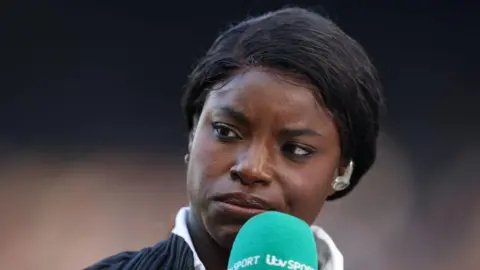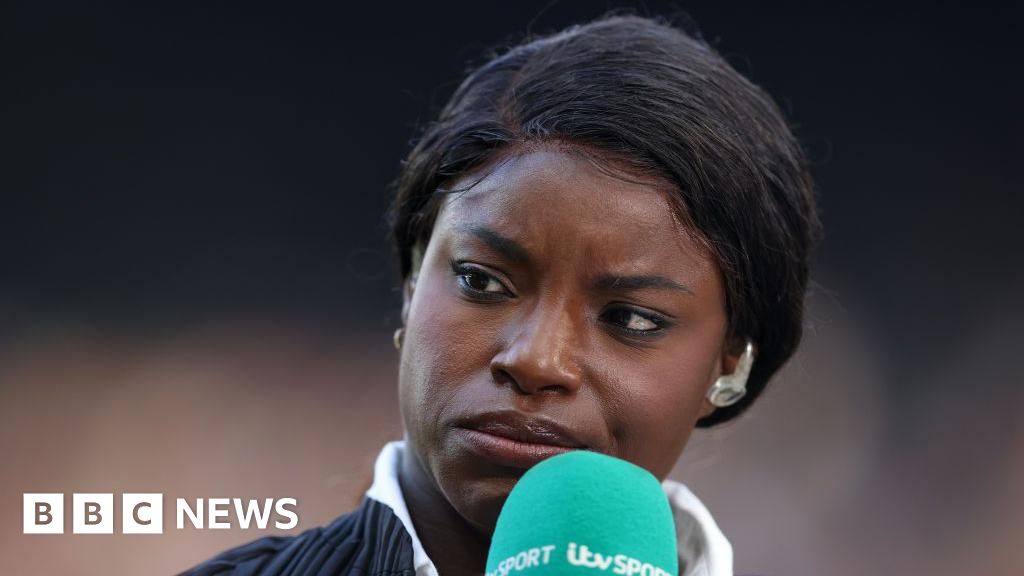Rumeana JahangirNorth West
 Getty Images
Getty ImagesFootball pundit Eni Aluko said she was “glad justice has been served” after former England…

Rumeana JahangirNorth West
 Getty Images
Getty ImagesFootball pundit Eni Aluko said she was “glad justice has been served” after former England…